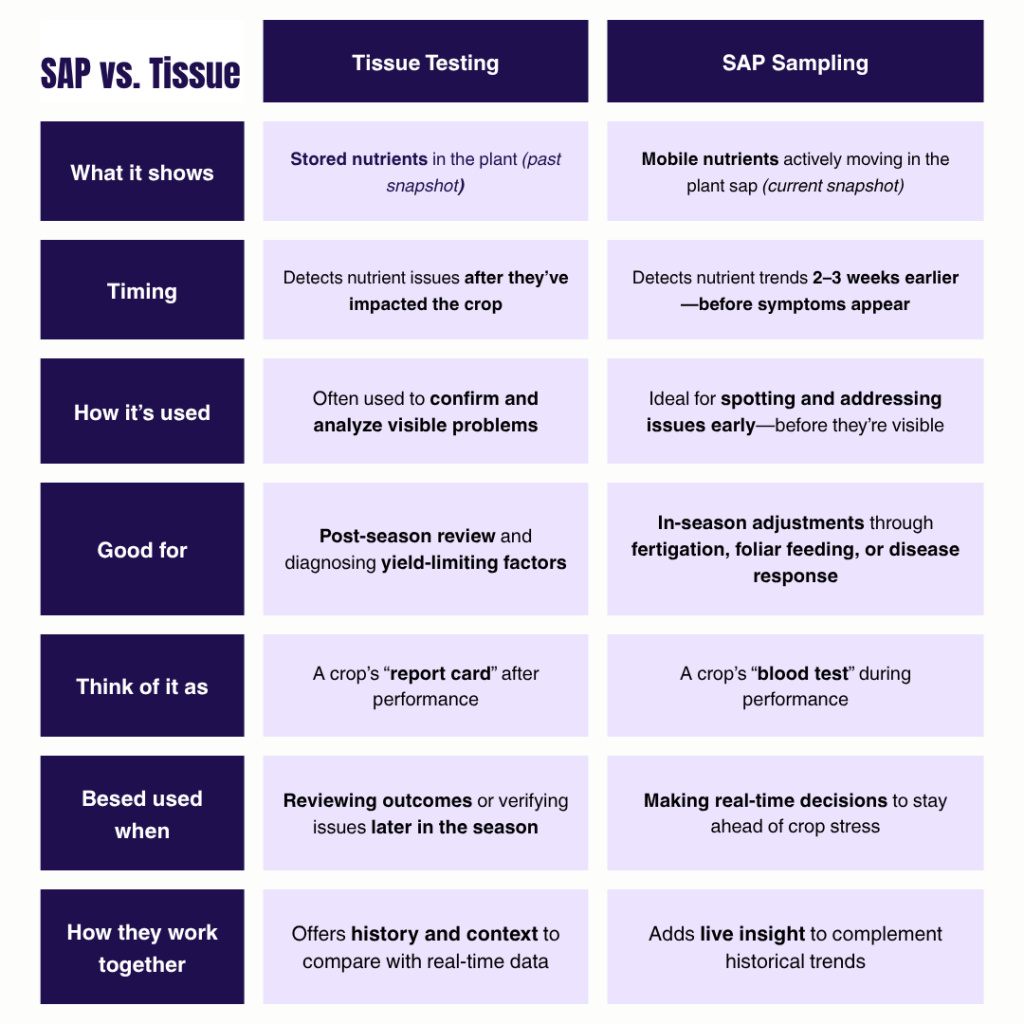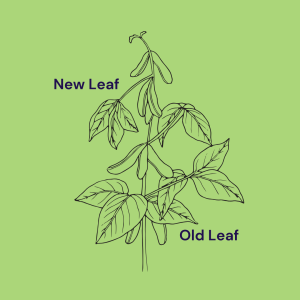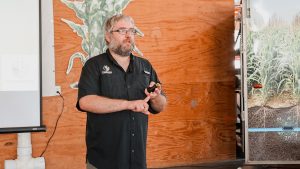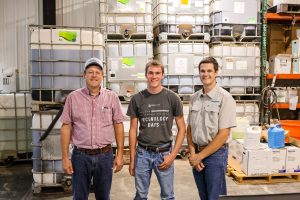What is SAP Analysis?
Tissue tests tell you what nutrients are stored in the plant. Sap sampling shows what’s moving right now. That difference matters—because if you can catch a nutrient issue earlier, you can fix it before yield is lost.
This guide walks through everything you need to know to collect accurate, lab-ready sap samples in corn and soybeans—whether you’re sending them yourself or dropping them off at NutraDrip.
Why Use SAP Sampling?
Sap sampling provides a real-time nutrient profile of your crop—think of it like a blood test during the growing season.
Unlike tissue testing, which shows stored nutrients after the fact, sap analysies shows what nutrients are actively flowing through the plant. That makes it ideal for:
- Spotting deficiencies 2–3 weeks before symptoms show
- Making timely adjustments to fertigation, foliar feeding, or disease management
- Maximizing yield by staying ahead of crop stress
Tissue tests still have value, especially for end-of-season review. But when you want to act in-season, sap sampling gives you the edge.
Sap Sampling vs. Tissue Testing

What You’ll Need in the Field
Before you start collecting samples, gather the following:
- Cooler
- Cold packs (for top and bottom of the box)
- Quart or gallon Ziplock bags
- Garden shears or scissors
- Sharpie
- Handheld scale (target: 80 grams per bag)
- Clean towels (used later for insulation)
- Sample labels: crop, field, date, new/old leaf
- Submission paperwork
Most growers use a $10 hanging gram scale from Amazon to weigh samples in the field.
Corn Sap Sampling Instructions
From each corn plant, collect:
- New Leaf = Youngest fully developed leaf
- Old Leaf = Lowest healthy green leaf
Before bagging:
- Break off both ends of the leaf
- Bend the leaf in half
- Place only the middle third of the leaf into the bag
Collection Target:
- 15–25 plants per leaf type
- 80+ grams per bag (new and old leaf bagged separately)
- Clearly label each bag: “Corn – New Leaf” or “Corn – Old Leaf”

Diagram shows where new and old leaves can be found on a corn plant.
Soybean Sap Sampling Instructions
From each soybean plant, collect:
- New Leaf = Youngest fully developed trifoliate with petiole
- Old Leaf = Lowest still-green trifoliate with petiole
Do not include:
- Yellowed, damaged, or wet leaves
- Main plant stem—only trifoliate + petiole
Collection Target:
- 15–25 plants per leaf type
- 80+ grams per bag (new and old leaf bagged separately)
- Label each bag: “Soybean – New Leaf” or “Soybean – Old Leaf”

Diagram shows where new and old leaves can be found on a soybean plant.
When to Take Sap Samples
Timing is critical.
- Sample before 11:00 AM
- When temperatures are below 80°F
- Avoid sampling after:
– Irrigation
– Rainfall
– Heavy wind
– Extreme heat
Sampling under the same conditions each time leads to better, more consistent data.
How to Pack and Ship Sap Samples
To avoid degradation, pack samples with care.
Packing Checklist:
- Use a box liner
- Cold packs on bottom and top
- Towels between samples and cold packs (prevent direct contact)
- Keep sample bags sealed and labeled
- Paperwork goes in a dry Ziplock
Do not let leaves freeze. Frozen tissue will distort your lab results.
Shipping Tips:
- Ship overnight if possible
- 2nd-day air is acceptable, but risk of degradation is higher
- Local? Drop off at the NutraDrip office, and we’ll handle shipping
Our Partners
NutraDrip partners with:
- Calibrated Agronomy – for in-season agronomic support
- New Age Labs – for trusted, high-quality sap analysis
If you’re local, bring samples to the NutraDrip office and we’ll take care of shipping. Not local? We’ll walk you through collecting and shipping them straight to the lab.
Either way, we make it simple.
Final Thoughts: Why Growers Are Adding Sap Sampling
Sap sampling gives you live feedback from your crop so you can stay ahead—not play catch-up.
With rising input costs, the ability to act before a nutrient issue hits yield is worth it. You don’t have to guess. You can know—and adjust.
Questions? Ready to Sample?
We’re sharing sap sampling info on all our channels.
Call NutraDrip at (785) 336‑3565
Visit www.NutraDrip.com/Contact-Us to connect with our team.
Stay connected: Facebook | X (Twitter) | Instagram | YouTube
Save the Date





